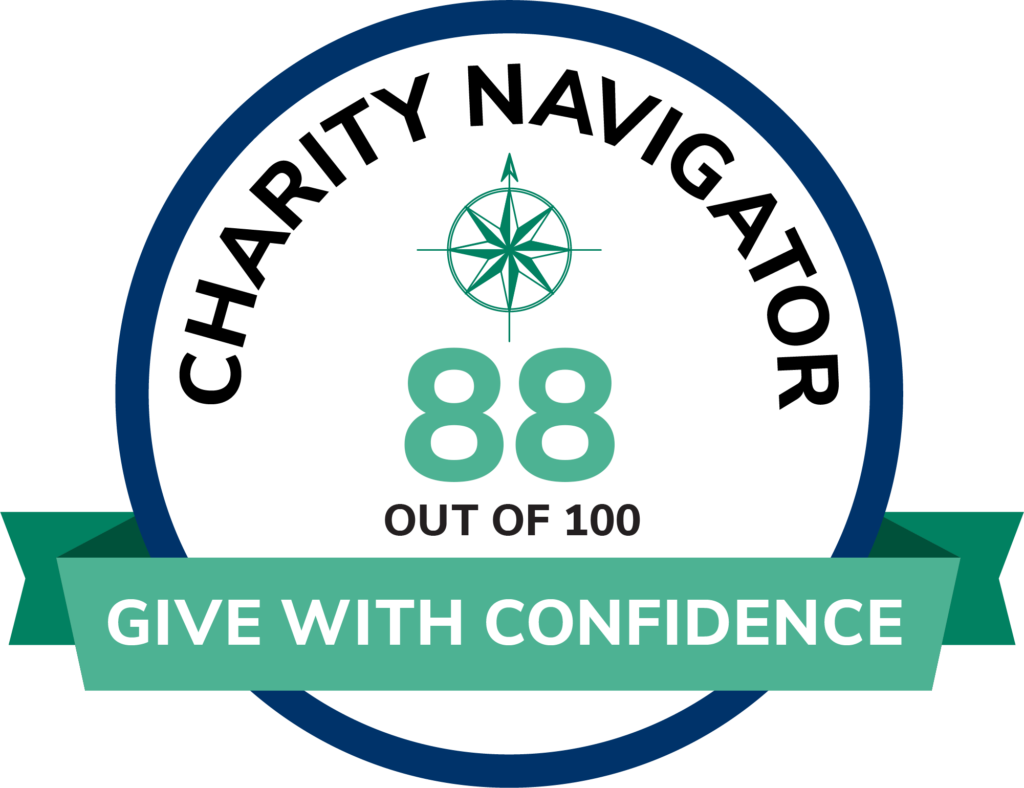As if advisors didn’t have enough financial acronyms to explain to their clients—DAF, RMD, IPO and ETF come to mind—along comes NFT to stir the multi-letter madness further. Even under the shadow of recent turmoil in the cryptocurrency marketplace, “non-fungible tokens,” or “NFTs,” are still creating quite a buzz.

The IRS has not directly addressed the tax rules governing NFTs, but it has issued guidance on the broader asset category of virtual currency. A comprehensive look at the tax rules and trends related to NFTs and charitable giving is eye-opening, both because of the complexity as well as because of the creative ways charities are leveraging the NFT phenomenon to engage NFT creators in unique fundraising efforts.
NFTs defined
Context is useful here, so let’s take a step back.
A fungible item is one that can be freely exchanged or interchanged. For example, a refrigerator can be exchanged for dollars or another item; companies may have interchangeable customers, one replacing another. Differently, a non-fungible item is not interchangeable or easily replaced. They’re represented as tokens on a blockchain and designated as non-fungible tokens or NFTs. Examples are a piece of art, a musical score or a video that can be authenticated as unique and cannot be duplicated. Like the unique history traceable to a car or truck’s VIN number, NFTs have unique serial numbers or ownership details. Their data is recorded on a decentralized blockchain and can be verified by network participants.
NFTs are digital, not tangible or physical. They are the online and portable equivalent of a traditional collectible, like a baseball card, that can gain value, particularly over time, and largely due to scarcity. In August 2022—70 years following original production—a 1952 Topps Mickey Mantle rookie card became the most highly valued trading card when it sold for $12.6 million. Its value was enhanced by pristine condition and scarcity (fewer than 1,800 are said to still exist, with many worn or frayed). Similarly—but in the digital era—NFTs are valued for their controlled availability, always-new condition, and appeal among buyers or collectors.
History of NFTs
Only about 10 years old, even the early history of NFTs is still being written. Quantum, a digital animation by the artist Kevin McCoy in 2014, is said to be the first NFT. NFTs often appear as other art forms, games and memes circulating on the internet.
The term “NFT” appears to have been coined in 2017 and was popularized by the game Cryptokitties, where players breed, sell and trade digital cats, adding value through customization of up to 12 “cattributes,” including their fur, mouth shape and eye color that can change through “family” generations. Hosted on the Ethereum network, game activity was so robust following the December 2017 introduction that it congested the network with a record number of transactions.
Overall, 2021 NFT sales were estimated at $24.9 billion, including artist McCoy’s Quantum for $1.47 million, up from just $94.9 million in 2020.
NFTs have grown through the popularity of sites and apps like NBA Top Shot, where video highlights and memorable moments (think buzzer-beating basket or championship celebration) featuring current and former basketball players can be acquired for as little as $3.00 or well into the thousands. The site’s inventory includes both the National Basketball Association and Women’s National Basketball Association alike. Buyers can acquire, sell and earn specific “moments” and can use them within online challenges or other interactive activities.
For football enthusiasts, NFL All DAY “is where fans come to buy, sell and play for officially licensed NFL video collectibles.” And according to the site, “Your collection of NFL All DAY Moments is with you anywhere you go, will never lose quality, and is yours to own forever.”
Those same types of attributes have made art, where pieces are as unique as the artists themselves, a popular source of NFTs. Traditionally a “make one, sell one” proposition, art has become more easily scalable via digital, where a maker can offer a limited quantity of the same work, allowing one or multiple admirers or investors to own a piece. In March 2021, a digital collage with thousands of colorful images was sold by auction house Christie’s for nearly $70 million.
How can philanthropy benefit?
NFTs’ broad reach via digital offers organizations many fundraising opportunities; therefore, your clients will be more and more likely to encounter NFTs in their involvement with charities.
Charity advocates with artistic abilities can offer their works through NFT marketplaces like Open Sea, Magic Eden and Nifty Gateway, and then direct buyers’ proceeds to us or their own fund at the SRCCF. We would love to hear from you if you’re working with clients at the intersection of NFTs and philanthropy. We can help design a charitable giving strategy to maximize the impact of NFT proceeds for charitable causes.
Finally, while caution is always advised in leveraging new types of assets to further charitable giving, the team at the community foundation is also committed to staying on the cutting edge of strategies and techniques to fuel the growth of philanthropy. Indeed, we need only think back to when donations were largely made by cash or check—and then consider the advances enabled by technology. Whether by debit or credit card, EFT or ACH, digital has become a preferred donor payment method that increases reach, efficiency and cash flow. For thousands of philanthropically-minded individuals, NFTs are the latest technological pipe to further the causes they care about and help important nonprofit organizations secure mission-critical financial support.
The team at the Starved Rock Country Community Foundation is honored to serve as a resource and sounding board as you build your charitable plans and pursue your philanthropic objectives for making a difference in the community. This article is provided for informational purposes only. It is not intended as legal, accounting, or financial planning advice. Please consult your tax or legal advisor to learn how this information might apply to your own situation.




